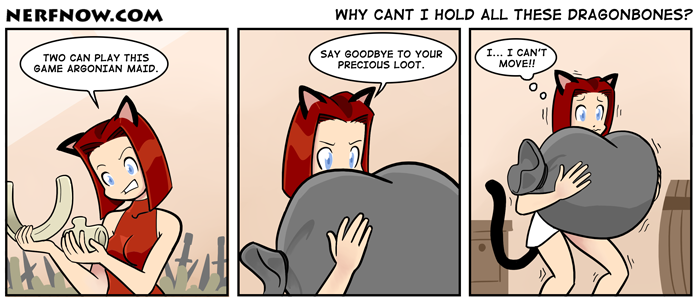
That’s because an additional 1,111 managers will be needed to manage the managers. A small organization may have one manager and 10 employees one with 100,000 employees and the same 1:10 span of control will have 11,111 managers. First, managers add overhead, and as an organization grows, the costs of management rise in both absolute and relative terms. The inefficiency stems from a top-heavy management model that is both cumbersome and costly.Ī hierarchy of managers exacts a hefty tax on any organization. Most managers are hardworking the problem doesn’t lie with them. Think of the countless hours that team leaders, department heads, and vice presidents devote to supervising the work of others. Management is the least efficient activity in your organization. And its success shows that it is possible for organizations to transcend the seemingly intractable trade-off of freedom versus control.

But it has produced a dedicated workforce with exceptional initiative and expertise. The system isn’t without its challenges, and it isn’t for everyone. A CLOU covers as many as 30 activity areas and spells out relevant performance metrics.

The CLOU, which must be hammered out every year with colleagues, is an operating plan for fulfilling it. In a personal mission statement, each employee outlines how he or she will help the company achieve its goals. Morning Star’s self-management model has two cornerstones: the personal mission statement, and the Colleague Letter of Understanding, or CLOU. And if staffers find themselves overloaded or spot a new role that needs filling, they simply go ahead and initiate the hiring process. Compensation decisions are handled by local committees elected by the employees, and pay reflects the contributions that people make-not their status. Workers negotiate responsibilities with their peers, anyone can issue a purchase order, and each individual is responsible for acquiring the tools needed to do his or her work. Its employees essentially manage themselves.

That’s right-no bosses, no titles, no promotions. Morning Star, which has seen double-digit growth for the past 20 years, has no managers. Is there any way to get the flexibility of a market system and the discipline of a tightly knit hierarchy-without a management superstructure? Morning Star, the global market leader in tomato processing, proves that there is.

Yet it’s clear that market mechanisms alone can’t provide the degree of coordination and control that many companies require. In fact, management may be the least efficient activity in any company. Executives don’t realize it, but a hierarchy of managers exacts a hefty tax on any organization: Managers are expensive, increase the risk of bad decisions, disenfranchise employees, and slow progress.


 0 kommentar(er)
0 kommentar(er)
